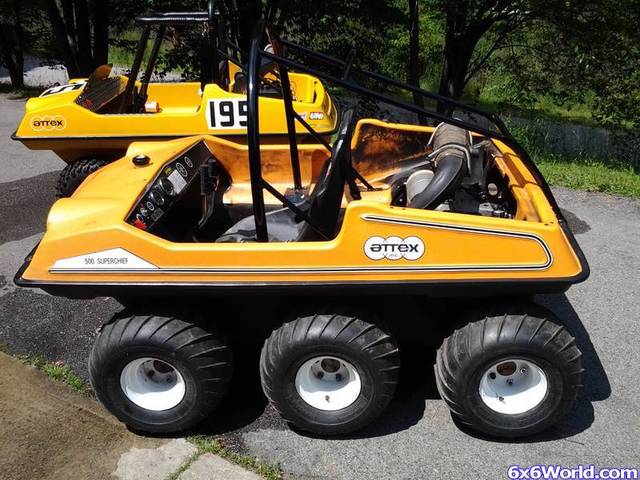Ok just getting into the scene here and want to learn as much as possible. I have a few projects behind the pole barn and I am thinking about dragging one in for a racer build. An St,295, or the 252 colt is what I have as participants. I am searching for any info on roll cage how to's, should I use a harbor freight pipe bender? What type of steel do you use? Measurements dimensions and track rules? What are recommended sprocket and axle sizes, factory or are there aftermarket upgrades? Looking for parts websites if there are any. I would use a stock engine of some sort for now 440cc most likely but I see a bunch of guys with some wild expansion chambers on there 2 strokes. What do you guys prefer to run and where could I find an exhaust like that? Racing seat I could order no problem but the steering sticks are positioned forward and have quite a bend to fit the driver nicely. Are they made and bent up aswell? How low do you mount the seat and what type of floor pan are you guys using? Looking around the site here for pix but would love to talk to some one or get some pix of how it's made and how you did it. I have been looking at Racer pics and they have me drooling to build one.you can tell I have never seen a racer in person but caught the itch give me a shout, send me a message. I'm sure I opened up a can of worms here but willing to learn...Thanks guys... Brett from Harrisburg
give me a shout, send me a message. I'm sure I opened up a can of worms here but willing to learn...Thanks guys... Brett from Harrisburg
 give me a shout, send me a message. I'm sure I opened up a can of worms here but willing to learn...Thanks guys... Brett from Harrisburg
give me a shout, send me a message. I'm sure I opened up a can of worms here but willing to learn...Thanks guys... Brett from Harrisburg



 The big key with the the HF bender is to go slow. Lay out the pattern you want on a sheet of plywood and make dozens of small bends so as not to crease the pipe. Make a tiny bend (5-10 pumps?), move the pipe in the bender a couple inches, and bend again. It's a pain, but I'm at the point that I can get a decent main hoop bent up in about an hour or so.
The big key with the the HF bender is to go slow. Lay out the pattern you want on a sheet of plywood and make dozens of small bends so as not to crease the pipe. Make a tiny bend (5-10 pumps?), move the pipe in the bender a couple inches, and bend again. It's a pain, but I'm at the point that I can get a decent main hoop bent up in about an hour or so.






Comment